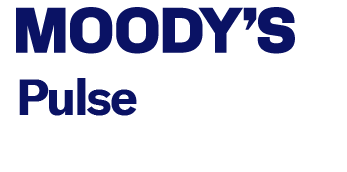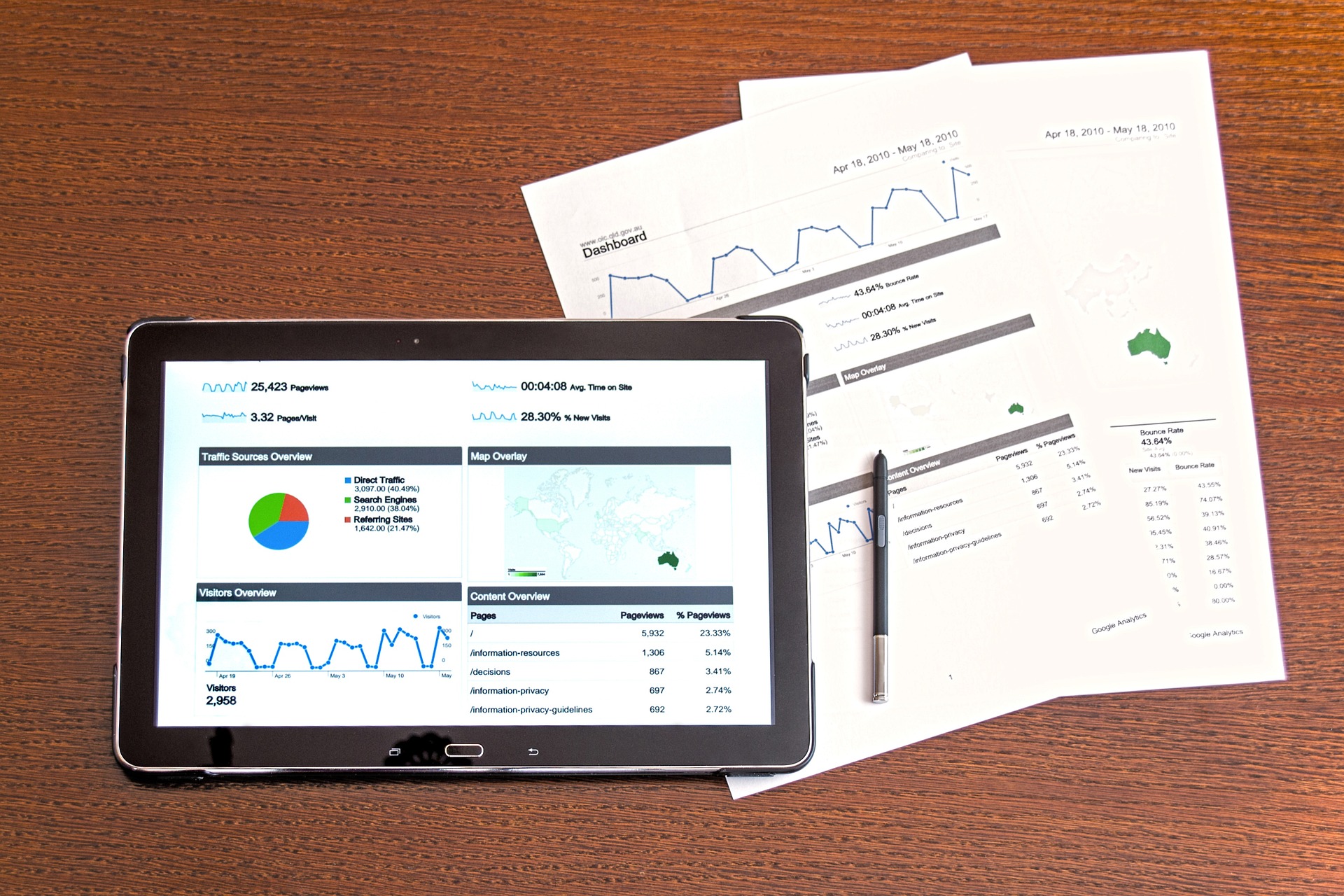What Is Enterprise Risk Management (ERM)?
Enterprise risk management (ERM) is a systematic process that organizations use to identify, assess, and mitigate potential risks that may affect their business operations. ERM involves identifying, analyzing, and responding to risks that may arise from external or internal sources. This helps organizations manage their risks effectively so they’re best able to meet their strategic objectives.
Whether you’re a business owner, chief risk officer, or credit manager, it’s critical that you arm yourself with a thorough understanding of potential risks and know how to effectively manage them. In this blog post, we will delve further into what enterprise risk management is, the elements that comprise it, and why it is important for your organization.
What is Enterprise Risk Management’s Purpose?
The overarching goals of ERM are to:
- Help organizations make informed decisions about how to allocate resources in order to effectively manage risks.
- Determine a company’s risk appetite, which describes how much risk it is able to tolerate while pursuing strategic objectives.
- Generate new policies or procedures that can help protect the company and mitigate risks while ensuring profits.
- Identify opportunities for growth and innovation. By identifying and managing risks effectively, organizations can pursue new opportunities with greater confidence and increase their chances of success.
Types of Risk Identified Through ERM
ERM is designed to address a wide range of risks that could potentially impact an organization’s ability to achieve its objectives. An example of the type of risks ERM confronts is financial risk, such as credit risk, liquidity risk, and market risk. There are also operational risks, like supply chain disruptions or IT failures, and strategic risks, which are things that impact the organization’s long-term plans such as changes in market conditions. Other risk types include compliance and reputation risks.
Elements of Enterprise Risk Management
By implementing an effective ERM program, an organization can better protect its financial performance and increase the likelihood of achieving its long-term objectives. For example, in Accounts Receivable Management, businesses gain perspective on how accounts receivable impacts their capital and customer relations — and when course correction is needed.
There are several elements that are typically included in an ERM framework: risk identification, assessment, response, monitoring, and communication/reporting.
Risk Identification
Risk identification involves pinpointing and cataloging the risks that an organization faces. This can include risks related to financial performance, operations, compliance, reputation, and other areas.
When performing risk identification, think outside the box and consider all potential events which could put your company’s success at risk. Some examples include natural disasters or new government regulations.
Risk Assessment
Once a risk is identified, the next step is evaluating the likelihood of it happening and its potential impact. This helps organizations prioritize their risk management efforts and allocate resources appropriately. Assessing risks goes hand-in-hand with risk identification.
Risk Response
Once risks have been identified and assessed, organizations can develop strategies to mitigate or eliminate the risks, or to transfer the risks to another party. This may involve implementing controls, insuring against the risks, or taking other steps to manage the risks.
Risk Monitoring
ERM is not a one-time process, but rather an ongoing effort to identify and manage risks. Monitoring and evaluating should be regularly performed to help mitigate future risks. Organizations should regularly review and update their risk management strategies to ensure that they are effective and aligned with business objectives.
Effective monitoring entails reviewing what the company has done compared with what the ERM policies initially suggested. Duties may also include providing feedback, analyzing data, and advising management about potential risks.
Communication and Reporting
Effective communication and reporting are important components of ERM. Organizations should establish clear lines of communication and reporting protocols to ensure that all stakeholders are aware of the risks facing the organization and the measures being taken to manage them.
How Does Business Credit Risk Tie Into ERM?
Business credit risk is a key component of Enterprise Risk Management because it pertains to the likelihood of a customer defaulting on its financial obligations. This type of risk can have a significant impact on a company’s revenue and can lead to significant losses for the business.
As a result, it is important for businesses to properly manage and mitigate credit risk in order to ensure their financial stability. This can include implementing processes to assess the creditworthiness of potential customers and vendors, monitoring existing credit relationships, and implementing risk management strategies such as diversifying their customer and vendor base.
Why Is Enterprise Risk Management Important?
In addition to general protection and enhancing decision-making, ERM is important for a number of reasons, including:
- Increased efficiency and effectiveness – By identifying and managing risks effectively, organizations can operate more efficiently and effectively. This can lead to cost savings and improved performance.
- Fostering a culture of risk management – ERM helps to establish a culture of risk management within an organization, which can help to ensure that all employees understand the importance of managing risks and are aware of their role in the risk management process.
- Enhanced stakeholder confidence – By implementing an effective ERM program, organizations can demonstrate to stakeholders, including customers, investors, and regulators, that they are managing risks effectively and are prepared to handle potential risks and uncertainties. This can help to increase stakeholder confidence in the organization.
- Improved company culture – Employees who feel stable and secure with regard to a company’s future are more likely to experience workplace satisfaction.
Enhance Your Enterprise Risk Management Strategy
When building and maintaining your organization’s ERM strategy, enlisting the support of a third-party company can strengthen and streamline your process. Moody’s Analytics Pulse is an excellent resource for monitoring changes in customer credit and risks to your accounts receivable portfolio. Our tools are crafted to mitigate credit risk, which can strengthen your organization’s overall ERM strategy.
Leverage our expertise for free by visiting our credit resource hub and comprehensive business directory. Contact us today or schedule a demo to learn more about what Moody’s Pulse can do for your business.





